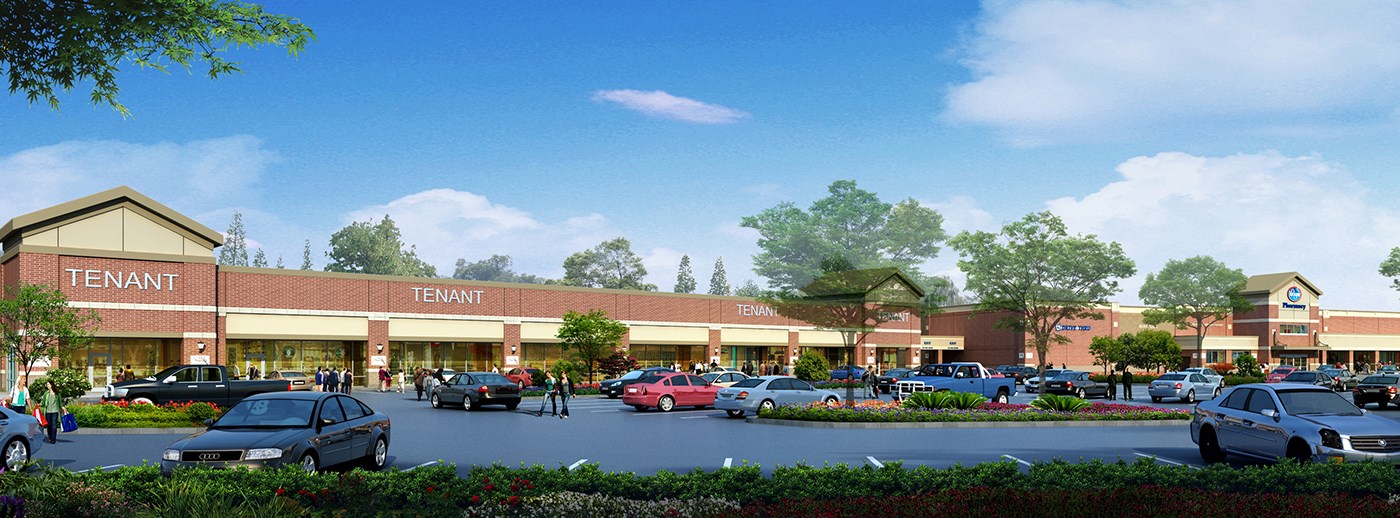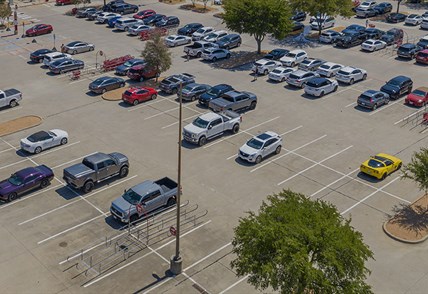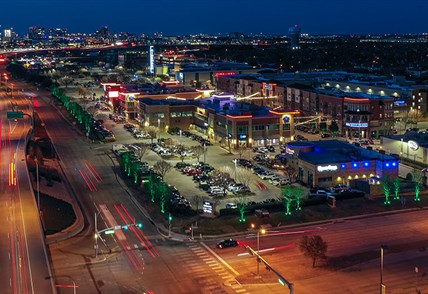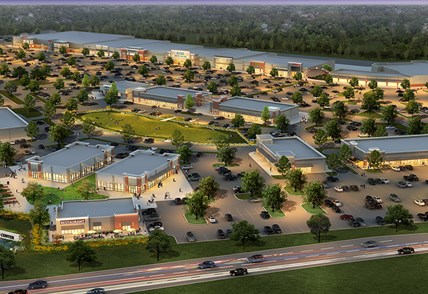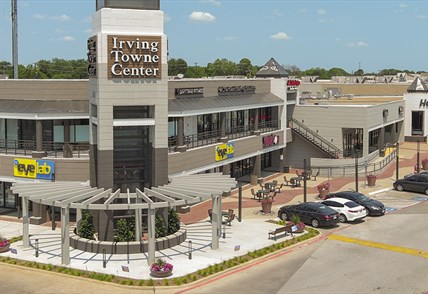Weitzman recently released its mid-year 2018 retail report for Texas. To add clarity to what’s going on in the Houston market, Connect Media queried Kyle Knight, Weitzman Houston office Senior Vice President, about the status of retail in and around the Bayou City.
Q. What are you seeing when it comes to Houston retail?
A. The market is healthy, and no qualifiers are needed. Right now, it’s posting 95.1% occupancy, a near rcord. From 2010-2017, we added nearly 975,000 new residents, and we’re at close to full employment, with an unemployment rate of 4.2%. Retailers follow growth and rooftops, and that’s what Houston offers.
Q. Over the past several years, retail construction brought some major new projects online, many along the Grand Parkway. Is that still the case in 2018?
A. We’re on track to add around 2.3 million square feet for calendar-year 2018, down a bit from 2.8 million square feet last year and 3.4 million in 2016. Grocery stores are still the most active anchors, with H-E-B alone opening six new stores this year. Other active grocers building new stores are 365 by Whole Foods, Kroger Marketplace and Walmart Supercenter. Additional anchors opening this year and in 2019 fall in the category of entertainment (Alamo Drafthouse, Star Cinema Grill, AMC, Dave & Buster’s, Flix Brewhouse); fitness (Lifetime Fitness, VillaSport Athletic Club); specialty grocers (Sprouts, H Mart); discounters (Costco, Marshalls, Ross) and others. As in previous years, the Grand Parkway is active, but urban Houston also is strong. H-E-B, 365 by Whole Foods and others are opening or underway in urban markets like the Heights.
Q. What negative effects are you seeing from legacy retailer store closings?
A. We’ve had our share of closings, of course, with the failure of Toys “R” Us leading to vacancies that totaled nearly 675,000 square feet market wide. But even a major failure like that means a bump in vacancy of less than one-half percent. And because limited new construction is driving demand to existing retail, we expect to see demand for these stores, especially the best-located ones. There’s a good chance, however, that the larger boxes may be redeveloped for multi-tenant space. But one example of demand for existing retail could be seen when a grocer closed three locations earlier this year. Almost before we could record the vacancies, two of them were already re-leased.
This article originally ran in Connect Media, a national real estate publication.
